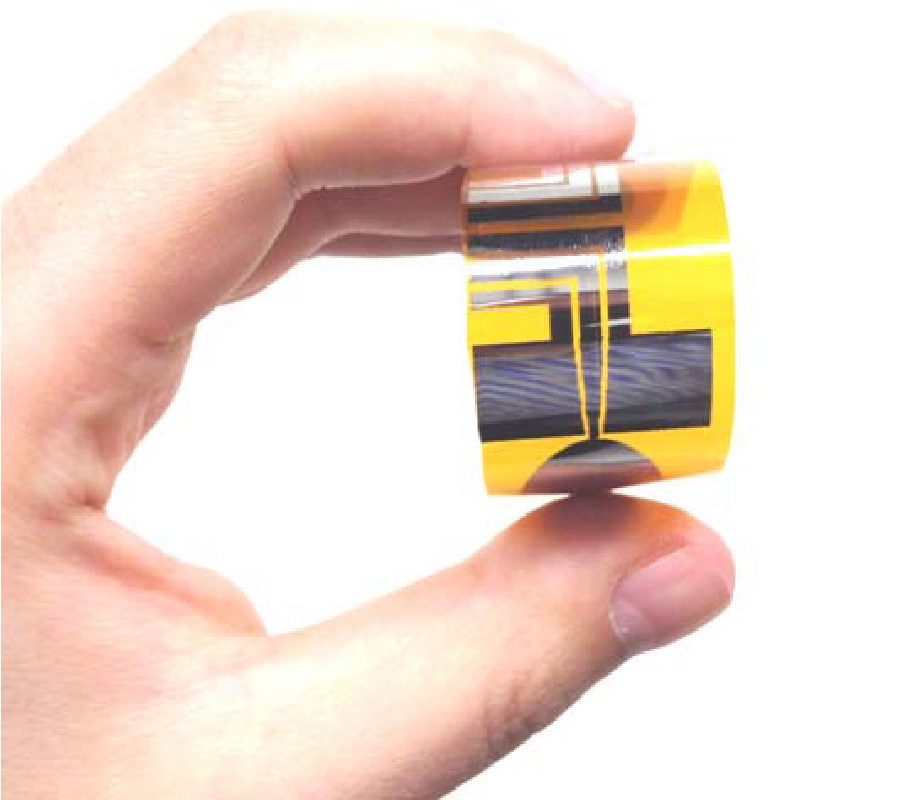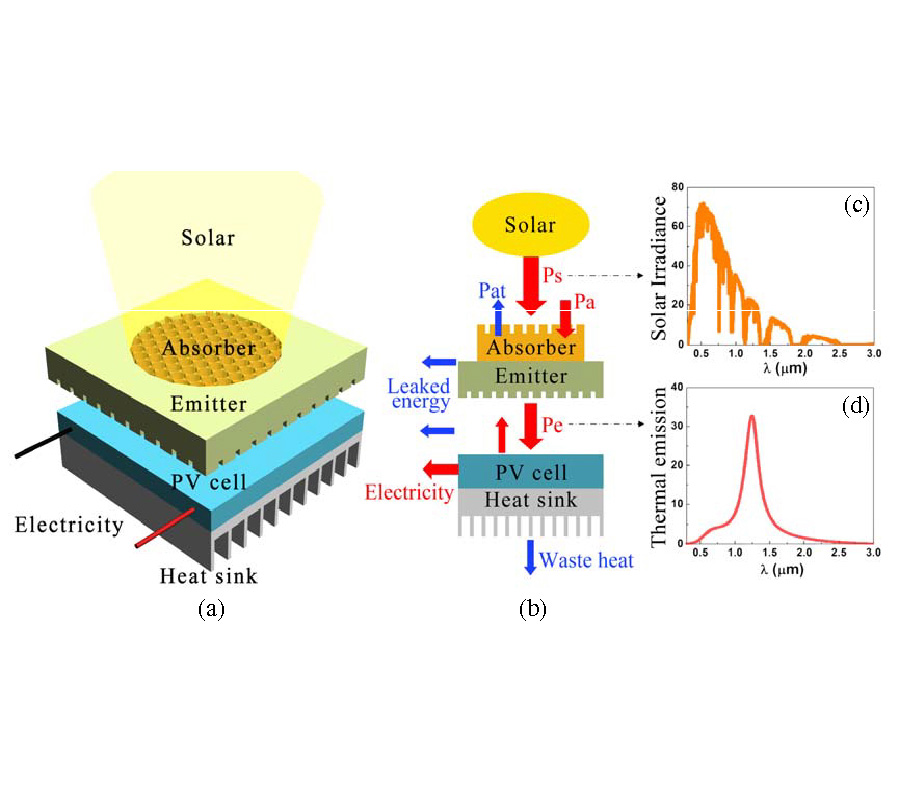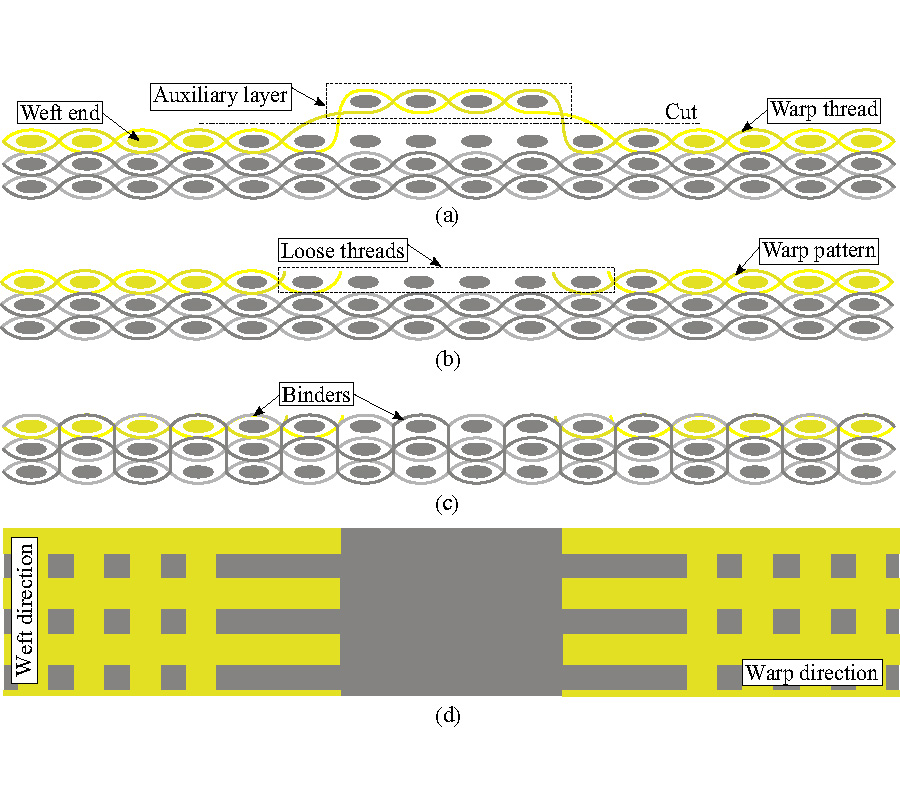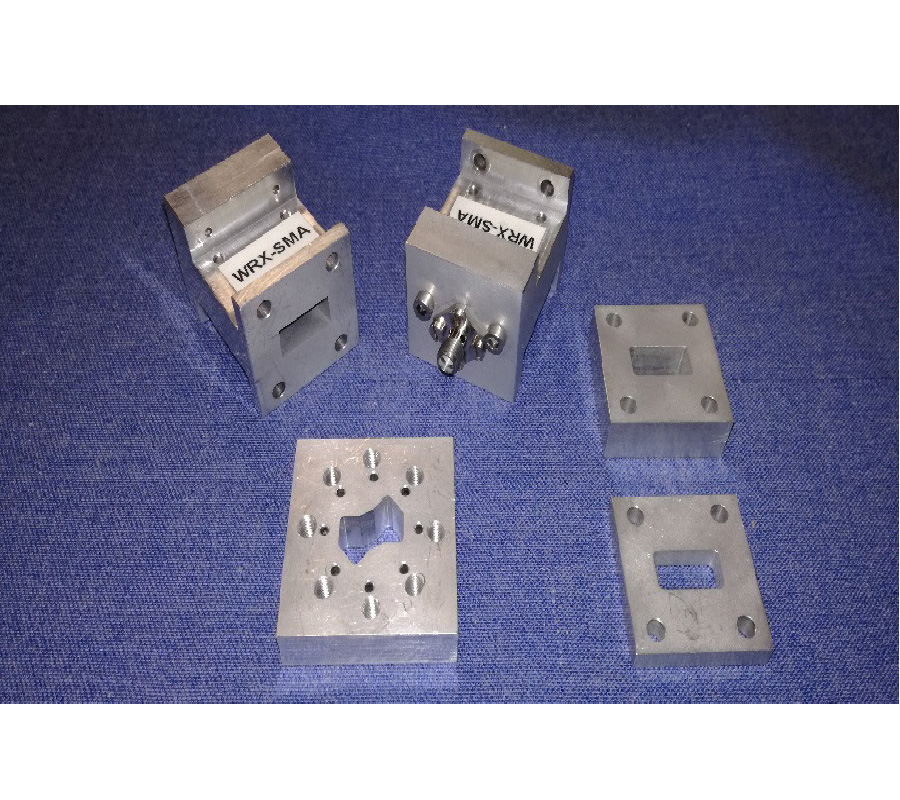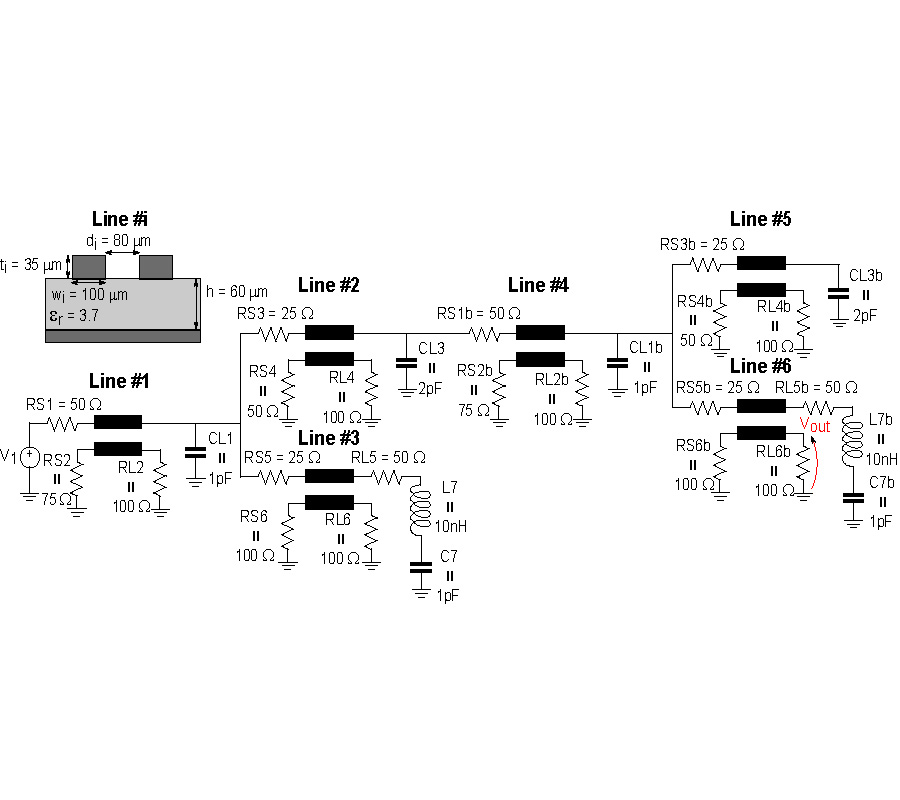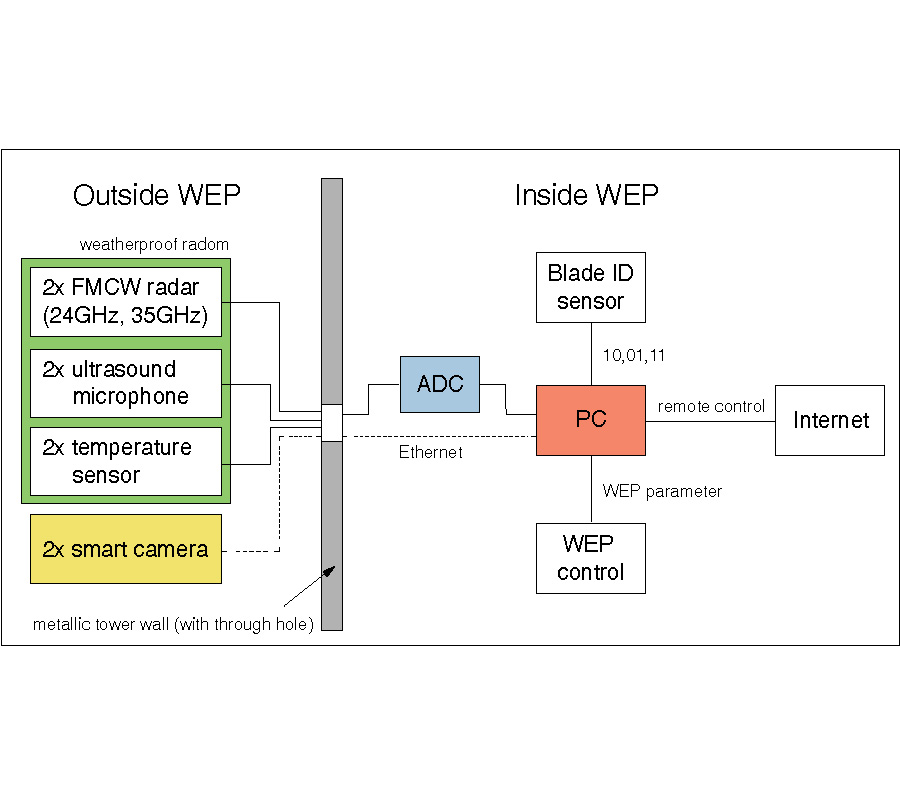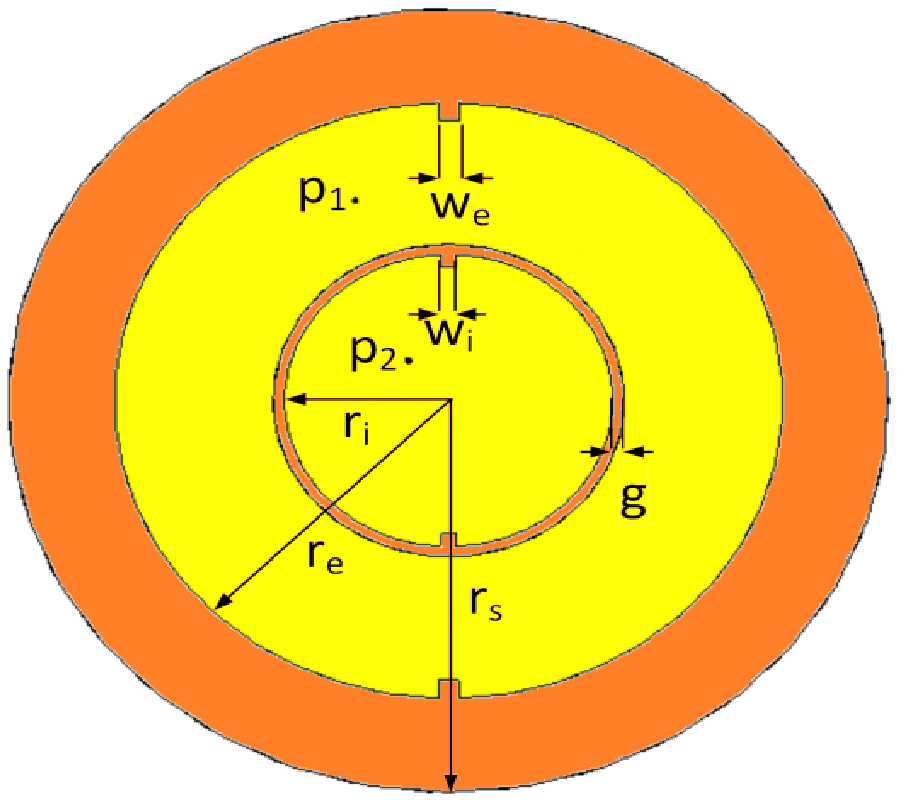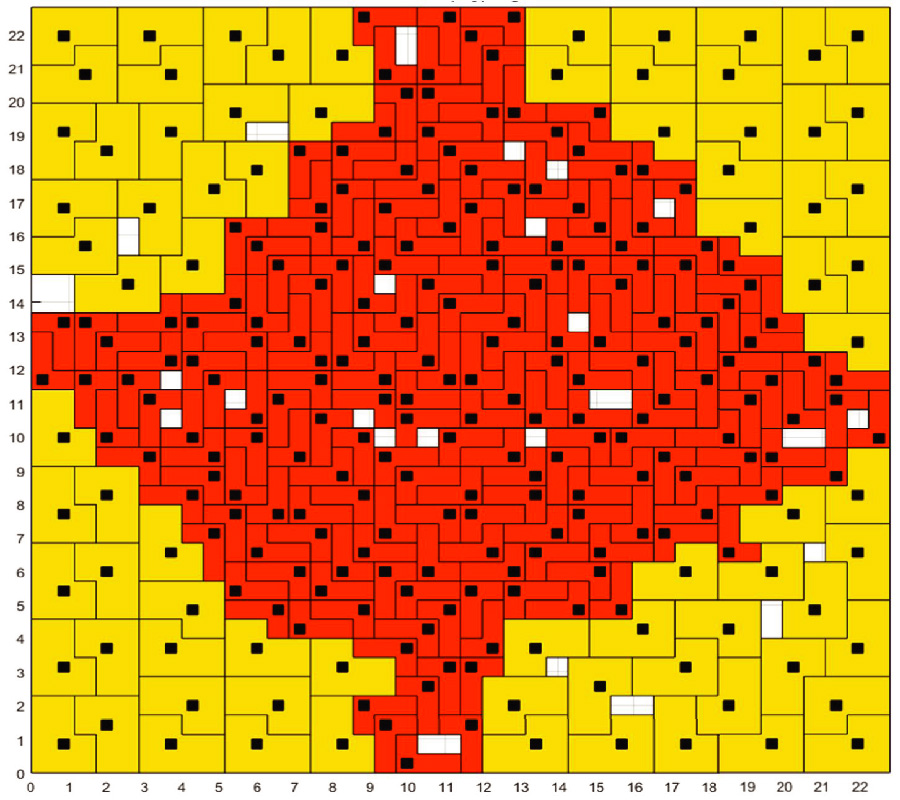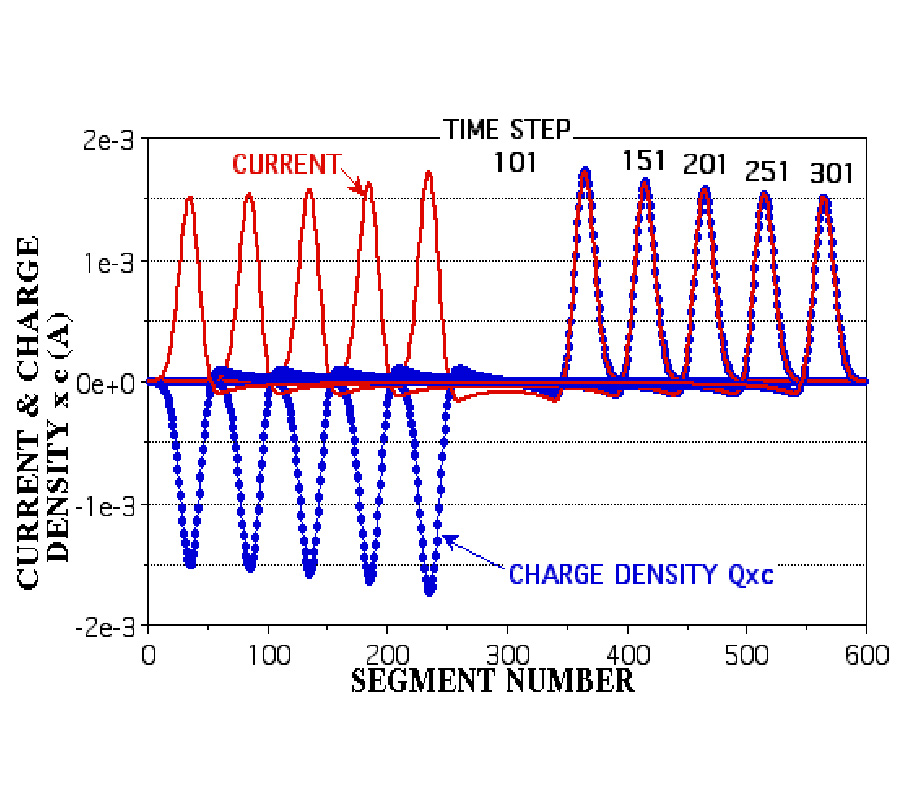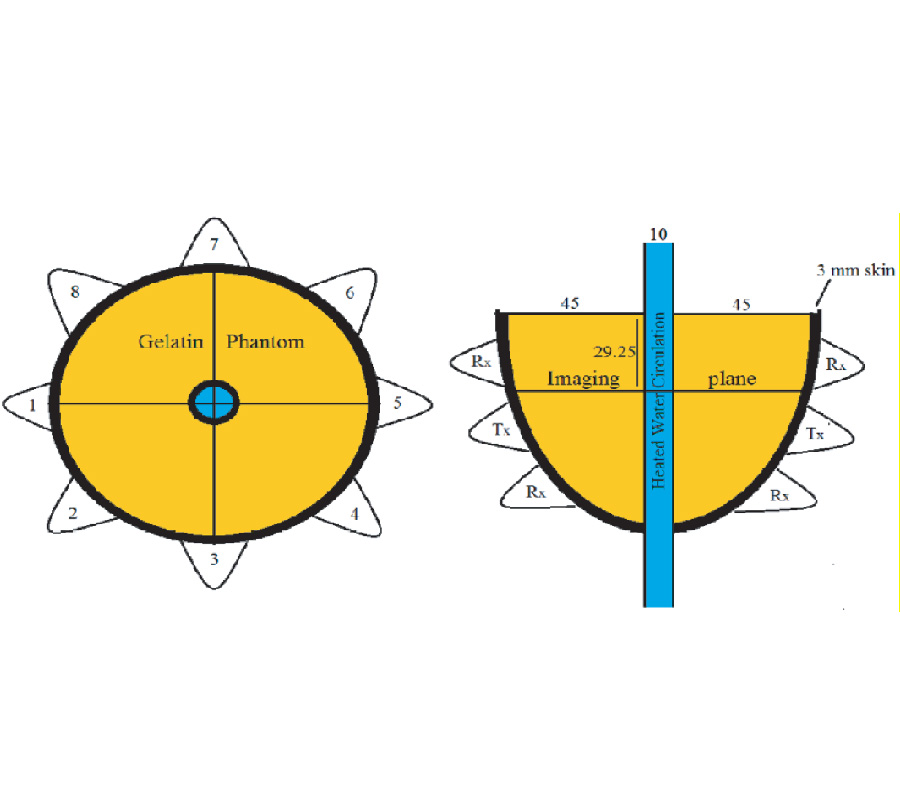Radar Imaging System for in-Service Wind Turbine Blades Inspections: Initial Results from a Field Installation at a 2 MW Wind Turbine
Jochen Moll
,
Jonas Simon
,
Moritz Malzer
,
Viktor Krozer
,
Dimitry Pozdniakov
,
Rahmi Salman
,
Manfred Durr
,
Michael Feulner
,
Andreas Nuber
and
Herbert Friedmann
This paper presents an imaging radar system for structural health monitoring (SHM) of wind turbine blades. The imaging radar system developed here is based on two frequency modulated continuous wave (FMCW) radar sensors with a high output power of 30 dBm. They have been developed for the frequency bands of 24,05 GHz-24,25 GHz and 33.4 GHz-36.0 GHz, respectively. Following the successful proof of damage detection and localization in laboratory conditions, we present here the installation of the sensor system at the tower of a 2 MW wind energy plant at 95 m above ground. The realization of the SHM-system will be introduced including the sensor system, the data acquisition framework and the signal processing procedures. We have achieved an imaging of the rotor blades using inverse synthetic aperture radar techniques under changing environmental and operational condition. On top of that, it was demonstrated that the front wall and back wall radar echo can be extracted from the measured signals demonstrating the full penetration of wind turbine blades during operation.
